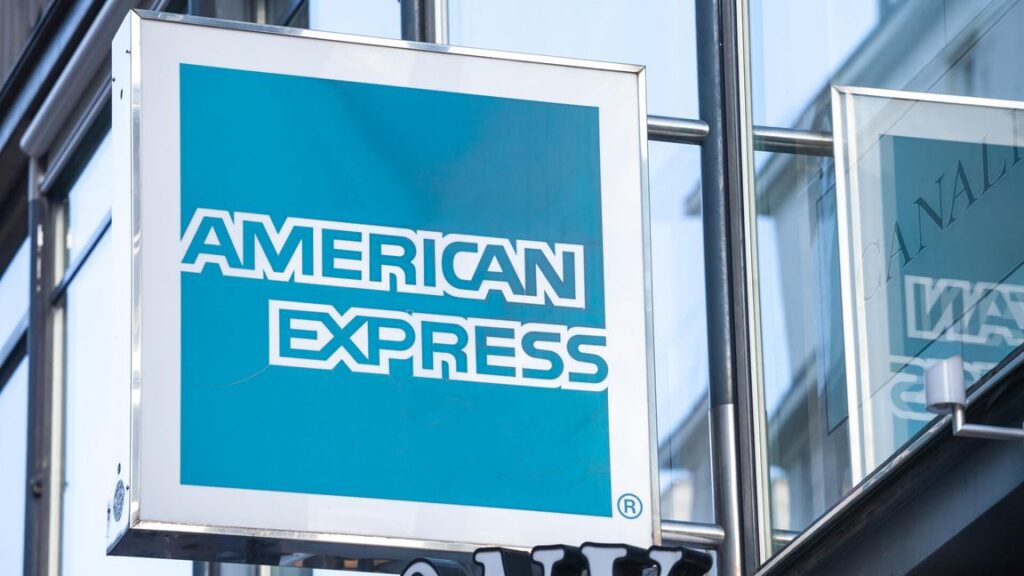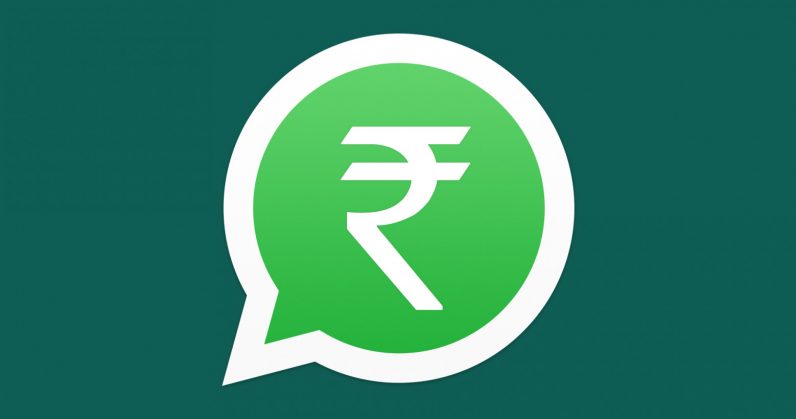American Express – Offering Payment Card Services Since 1878.
American Express (Amex) is a popular company offering payment card services. One thing that has stayed constant throughout the company’s evolution from logistics operations to travel to cards to cutting-edge digital products and services: is its steadfast dedication to gaining its clients’ long-term loyalty.
About The Company
Founded in 1850, American Express is a reputed American multinational company headquartered in New York City, USA. The company is part of the 30 prominent companies listed in the Dow Jones Index. Its logo, which was adopted in 1958, is a gladiator which can be found on its popular products like credit cards, charge cards, and traveler’s cheques. In 2016, 22.9% of all credit card payments in the United States were made using credit cards connected to the American Express network. As of 2019, the corporation had 114.4 million active cards worldwide. IN 2020, the company was ranked 28th in the Forbes list of the World’s Most Valuable Brands. It was ranked 8th by the Fortune 100 Best Companies to Work For in 2022.

History Of The Company
American Express was founded in 1850 by the merger of three companies. Initially, the company’s main line of business involved the delivery of goods, packages, and valuables. It started selling financial solutions to its customers in 1878. It developed a business-to-business service with agents purchasing goods for their customers at competitive prices.
The company introduced Travelers Cheque in 1891, making it easier for travelers to feel secure with their cash. When World War I broke out in 1914, the corporation used its contacts abroad to assist more than 150,000 stranded Americans. They assisted clients with cashing their Travelers Cheques and setting for secure transportation home. Amex launched its first credit card, the Charge Card, in 1958, giving clients greater flexibility than Travelers Cheques and contributing to the development of credit cards in the financial industry. The business also began selling its Corporate Card, a credit card, to business clients in 1966.
Although the company’s global reach dates back to 1895, it only began to develop its credit card program internationally in 1972, paving the path for other companies to follow. In 1991, American Express introduced its first loyalty program and membership rewards, providing its clients more significant advantages and incentives for using their cards. American Express rewards continue to be among the most lucrative even today. From modest beginnings with quick delivery, American Express has grown its capabilities and transformed its business strategy to grow into a recognizable brand worldwide.
American Express Cards
American Express unveiled the Gold Card in 1966. The corporation introduced the Platinum Card in 1984, establishing distinct market groups within its own organization—a strategy that has spread across a wide range of businesses now. The Platinum Card had a $250 yearly cost and was advertised as super-exclusive. Prior to 2019, it was only available by invitation to American Express cardholders who had been using the card for at least two years, had made sizable purchases, and had a good payment history. As of 2019, anyone can apply for this card. The Optima card was the first credit card product offered by American Express that did not require full payment at the end of the month. It was launched in 1987.
Founders – William Fargo, Henry Wells, John Butterfield
American Express was founded on March 18, 1850, by William Fargo, Henry Wells, and John Butterfield. It was a merger of three companies named Wells & Co (owned by Henry Wells); Livingston, Fargo & Co( owned by William Fargo).; and Butterfield, Wasson & Co( owned by John Butterfield. The company’s President was Henry Wells, and its Secretary was William G. Fargo.
CEO – Stephen Squeri
The CEO of American Express is Stephen Squeri. He has been serving as the company’s CEO since 2018. In 1985, Squeri started working for American Express as a manager in the Travelers Cheque Group. He has also been the company’s vice-chairman since 2015; before that, he served as group president of the company’s global corporate services division.

I am a law graduate from NLU Lucknow. I have a flair for creative writing and hence in my free time work as a freelance content writer.



